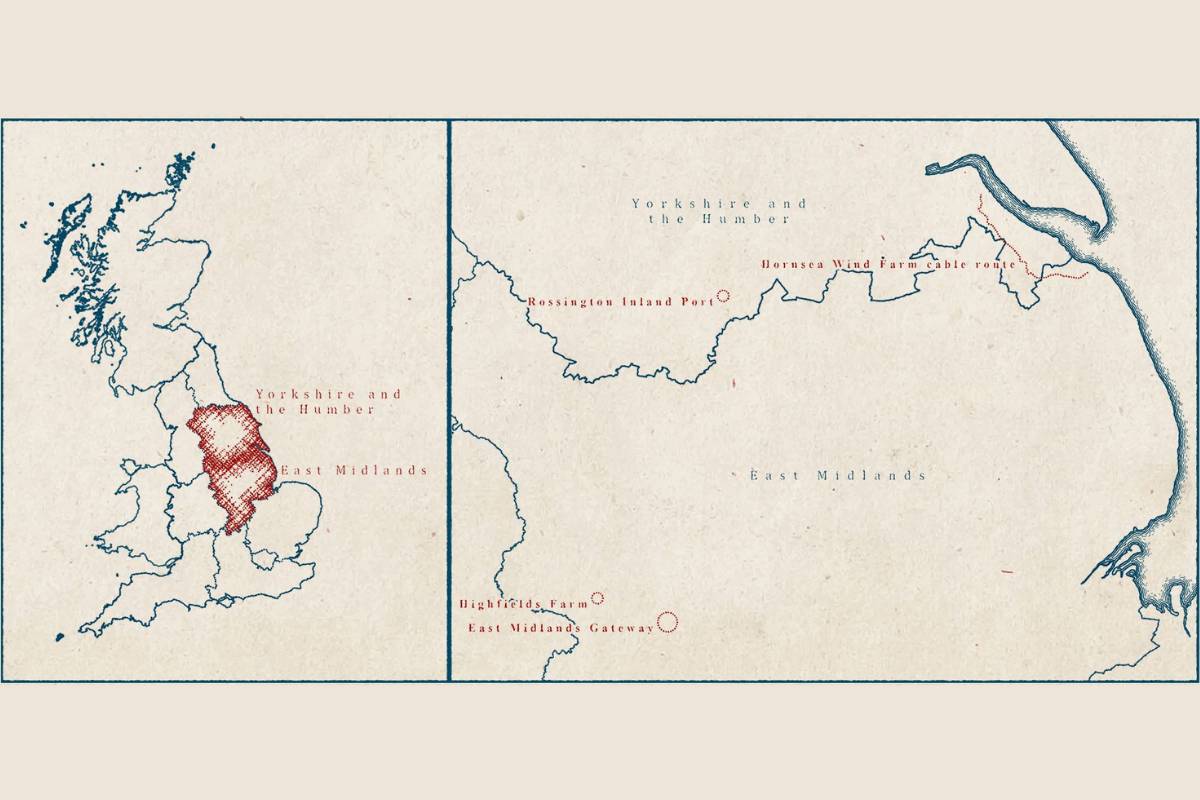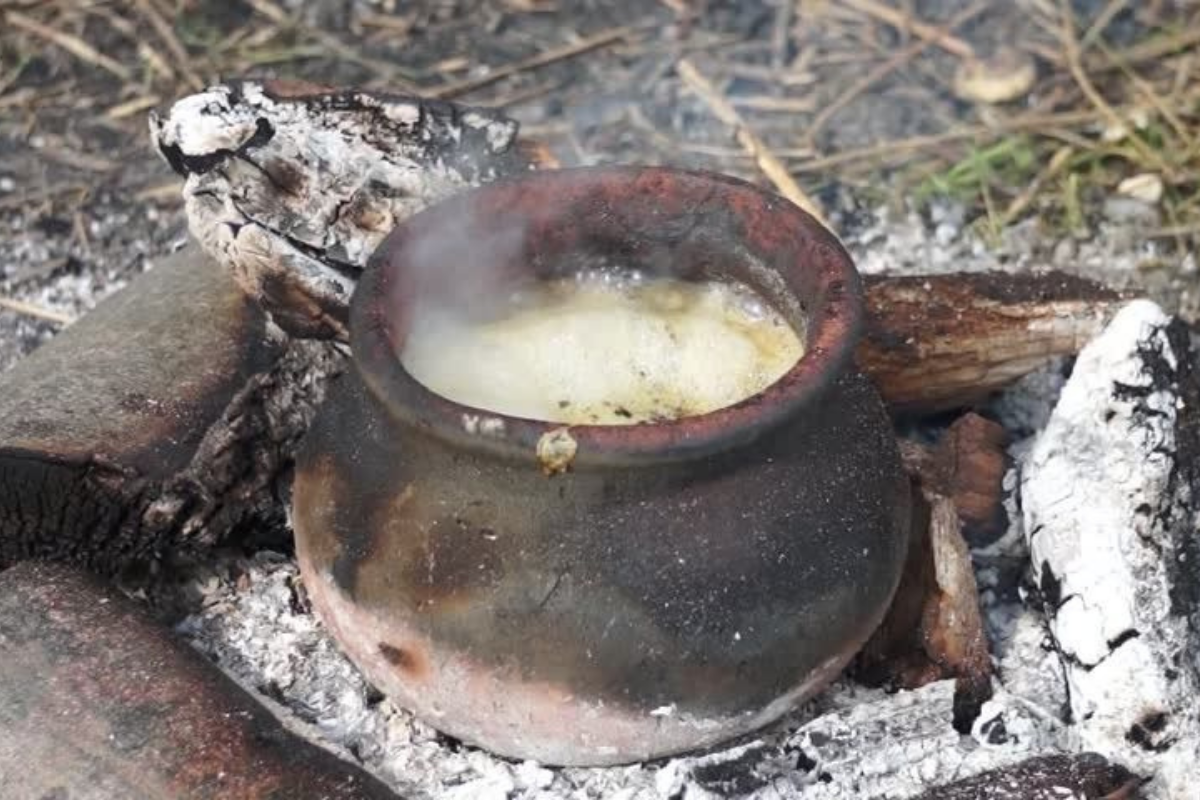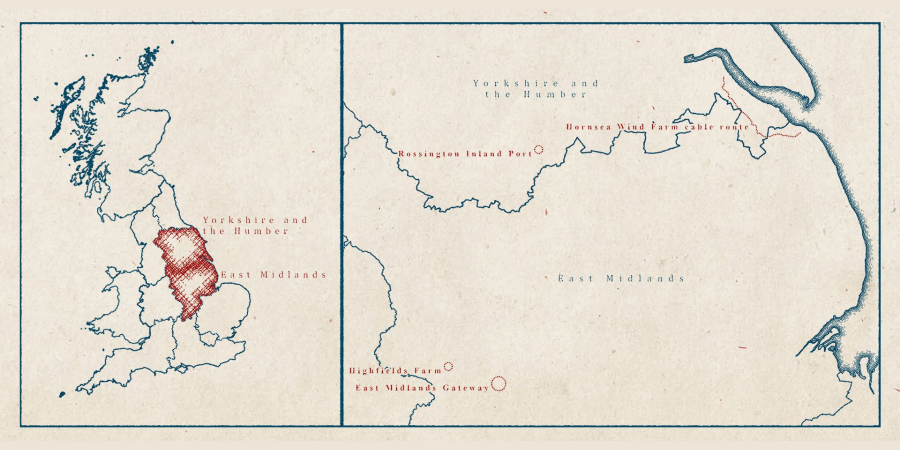How organic residue analysis is helping us understand how pottery was used in the Roman North
It has been known for many years that pottery, one of the most commonplace and durable types of artefact found on archaeological digs, absorbs natural fats, waxes and resins (known as ‘lipids’) from the foods cooked within them. Furthermore, these lipids can be extracted from the pottery and identified, providing a ‘chemical fingerprint’ that allows us to understand what types of food people may have been eating in the past. The 2017 publication of Organic Residue Analysis and Archaeology: Guidance for Good Practice by Historic England refocused minds on this somewhat overlooked technique, provided guidance on its application, showed the potential of further research, and has led to a resurgence in studies. Since publication of the 2017 guidance, Wessex Archaeology, working with Dr Julie Dunne and colleagues at the University of Bristol, along with freelance pottery specialist Ian Rowlandson, have undertaken organic residue analysis on four pottery assemblages from Yorkshire and the East Midlands. The results open a fascinating window on the farming economy and culinary tastes from across the region in the centuries either side of the Roman conquest.
The four assemblages analysed derive from Romano-British rural farmsteads excavated at Highfields Farm, Derbyshire (SK 320 323), Rossington Inland Port, South Yorkshire (SK 593 982), the Hornsea Offshore Wind Farm cable route in Lincolnshire (which runs from Horse Shoe Point to Immingham) and the East Midlands Gateway strategic rail freight interchange in North West Leicestershire (SK 468 271). The last site was the only one where a significant amount of Iron Age pottery was also available for study.

Above: locations of the Romano-British rural farmsteads excavated at Highfields Farm, Rossington Inland Port, the Hornsea Offshore Wind Farm cable route and the East Midlands Gateway strategic rail freight interchange.
In all, out of almost 150 sherds tested, 121 provided informative results, a very good recovery rate. The results show that the milking of ‘ruminants’ (cows, sheep and goats) was an extremely important part of the Iron Age economy at East Midlands Gateway. Dairying, whilst also practiced at all of the Romano-British sites, was however less important at these locations than the processing of ruminant animal carcass fats. Although the ratio of pottery used to process dairy products (butter, cheese, yoghurt etc) to carcass fats varied from site to site, farmers were in all instances concentrating on the latter, perhaps motivated to produce less-perishable goods (such as meat joints, hide and tallow) for sale or barter within the more expansive economy of the Roman province. There was little to no evidence for the heating or cooking of pork or other pig carcass products in pots at any of the sites, although they may have been cooked in other ways, e.g. by spit-roasting.
An indication was also gained of the uses to which particular types of pottery vessel had been put. It was a common finding that, as well as being used as serving or storage vessels, dishes and bowls were probably also used for cooking and may have formed ‘casserole’ sets for roasting. Interestingly, there was evidence from some sites that cheese-press type vessels had, as expected, been used for producing cheese, an obvious point but for the fact that at other locations, they appear to have been used as fat strainers, with local users perhaps ignorant of their intended function or adapting them for more-necessary tasks. Some types of pot expected to be used for drinking in some instances had been used (or re-used, perhaps having fallen from favour for their original function) for processing or serving high quantities of carcass fats. This is a salutary reminder that lipids analysis cannot record uses such as storing dry goods or holding water, with only the cooking function of vessels preserved within the fabric. It is nevertheless likely that a number of such non-cooking vessels finished their life as stew pots, with a role in rendering fat probably making them unsuitable for more dainty uses afterwards.

Above: a replica milk pot in use (courtesy of Julie Dunne).
The results generally complement the picture from the animal bone evidence, suggesting the organic residue analysis has given an accurate reflection of animal husbandry practices at these sites. With animal bone assemblages from the region often being small and poorly preserved, it is useful to know this technique is at hand.
The studies outlined above provide useful information on the types of farming undertaken in the Roman province, which has implications for allowing us to picture the wider contemporary landscape, and the work can now be used as a benchmark for future studies. Interesting avenues to explore would be to establish whether urban markets had specialist dairying enterprises located close to them, expand the range of pottery forms analysed (particularly for the late Roman period), and study whether, and how, the patterns of pottery use differed between these rural sites and their urban and military neighbours.
Work on the publication of all of the sites mentioned in this article is currently ongoing, with the results from Highfields Farm due to appear in the next volume of the Derbyshire Archaeological Journal. Keep an eye on the Wessex Archaeology social media channels for updates!
By Patrick Daniel, Senior Research Officer
